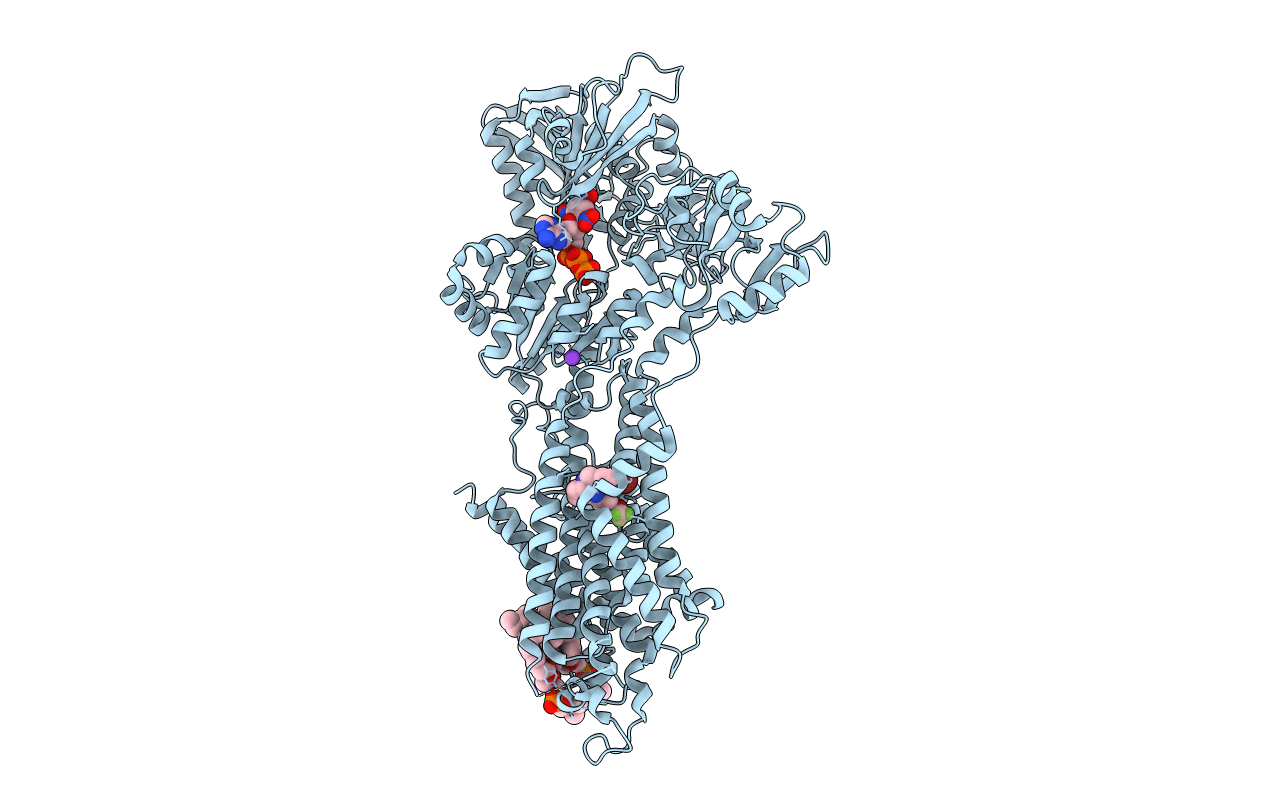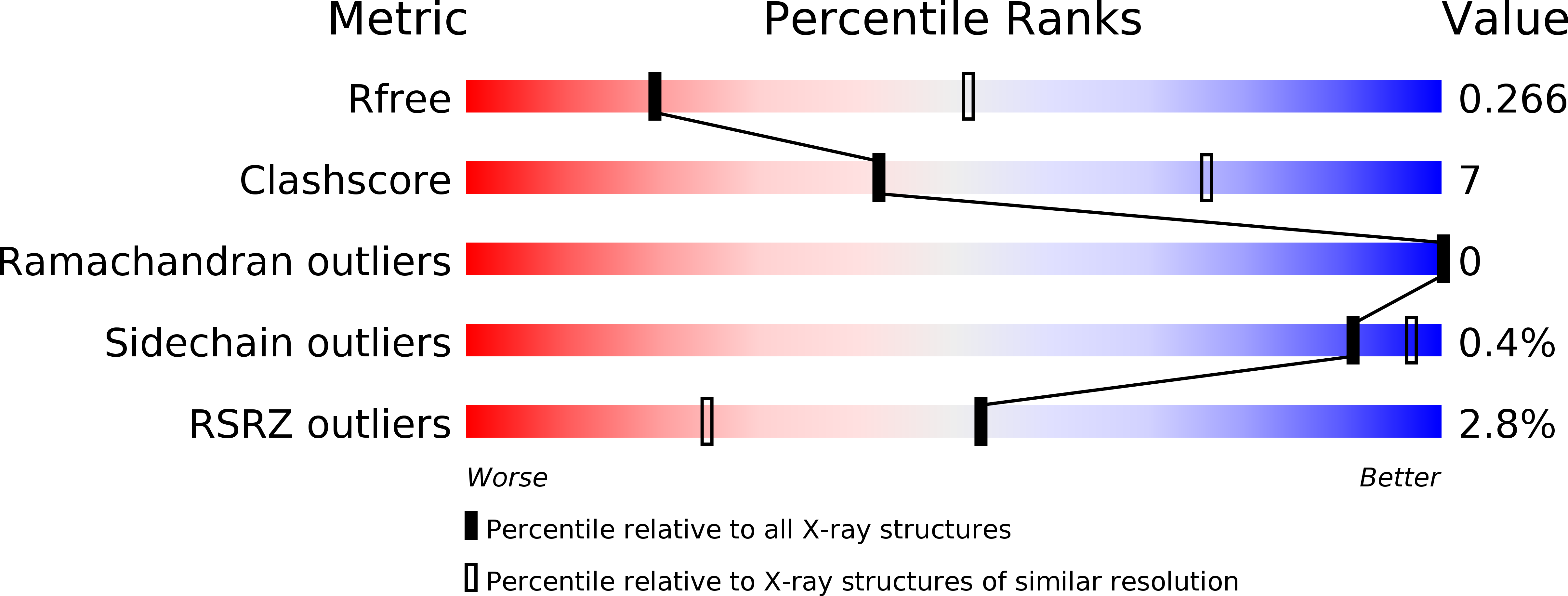
Deposition Date
2017-03-06
Release Date
2018-01-10
Last Version Date
2024-01-17
Entry Detail
PDB ID:
5NCQ
Keywords:
Title:
Structure of the (SR) Ca2+-ATPase bound to a Tetrahydrocarbazole and TNP-ATP
Biological Source:
Source Organism:
Oryctolagus cuniculus (Taxon ID: 9986)
Method Details:
Experimental Method:
Resolution:
3.00 Å
R-Value Free:
0.26
R-Value Work:
0.21
R-Value Observed:
0.21
Space Group:
P 21 21 2


